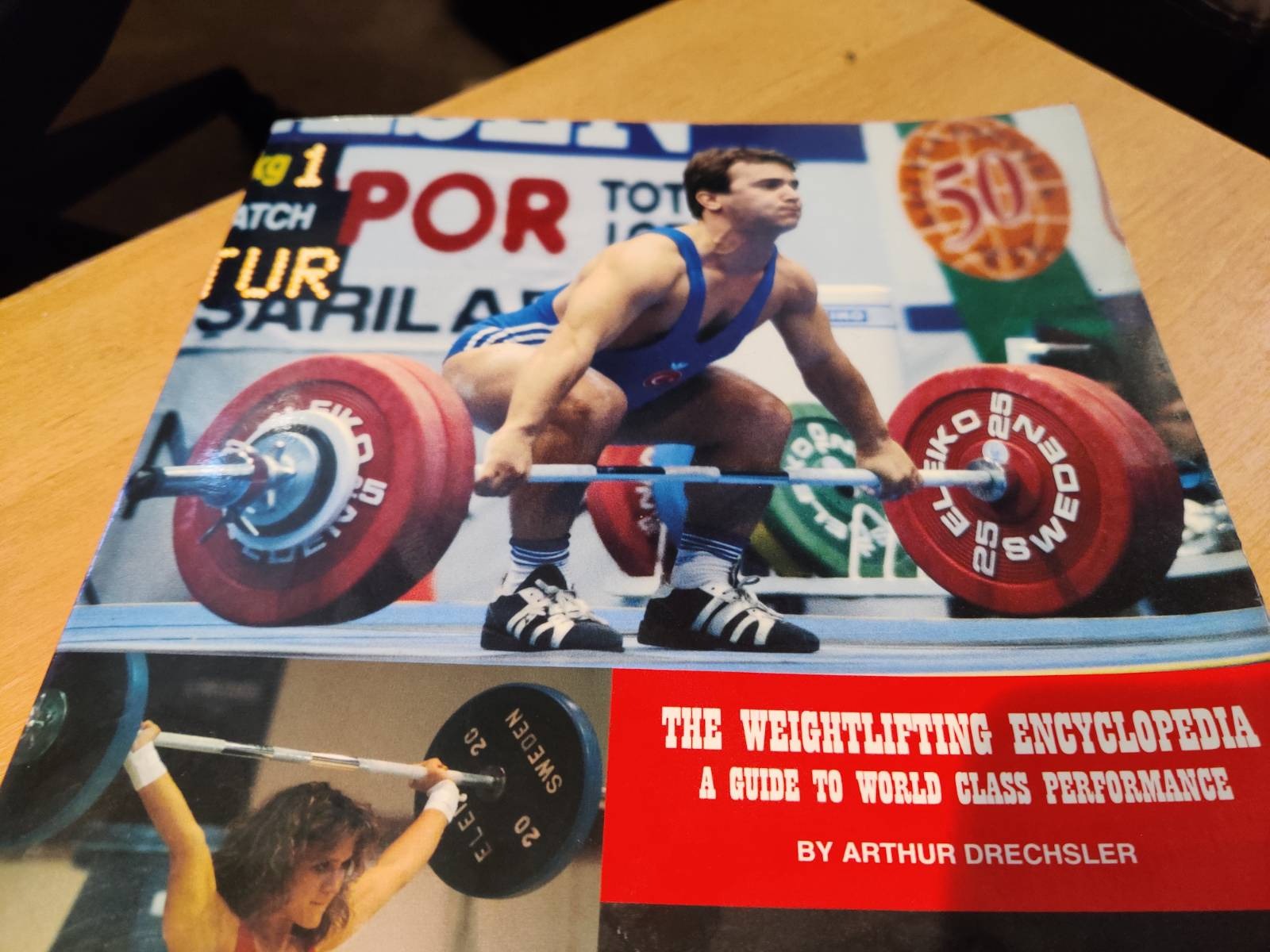Degree of Leg Bend During the Adjustment Phase of the Pull
There are two different schools of thought regarding the amount of rebend that a lifter should achieve during the adjustment stage of the pull. Some authors argue that the smaller the rebend, the less time and speed the lifter will lose in the transition from the second to fourth stages of the pull (the two stages during which the greatest force
is exerted on the bar). Others argue that deeper the rebend, the greater the lifter’s ability to exert force during the fourth stage of the pull.
Both arguments have merit. Obviously the lifter who achieves significant bar speed during the second stage of the pull and not much greater speed during the fourth will want to maintain as much speed as possible during the adjustment stage (i.e., use a lesser knee bend). On the other hand, the lifter who relies of the fourth stage of the pull to impart most of the force to the bar will want to achieve the most functional position from which to create maximum force (i.e., to achieve a relatively greater knee bend). Some experimentation with both styles is generally useful.
One principle that applies to either style is that the adjustment phase should be conducted as quickly as possible. It is generally desirable to retain as much of the bar speed achieved during the second stage of the pull as possible. A faster adjustment will enable the lifter to move the body as much as possible while the bar is in a relatively weightless stage (i.e., the body can move freely while momentum continues to keep the bar rising) and a rapid rebending of the knees will activate the elastic properties of the leg extensors, fostering a more powerful final explosion in the pull. (See Appendix II for further details.)
There are a number of weightlifting analysts who believe that the degree of leg bend achieved by
cannot be influenced by the coach or athlete. Indeed, it has been argued that the rebending of the knees that occurs during the second stage of the pull cannot be taught at all! I find such a position untenable for several reasons. First, if a rebending of the knees could not be taught, it would follow that any lifter who does not automatically generate such a rebending ought to give up any hope of a weightlifting career. In reality, many lifters who do not rebend their knees when they first begin to lift ultimately learn to do so. Second, I know at least one elite level lifter, Cal Schake, who learned to consciously modify the degree of his knee bend in the pull after having lifted for many years. Moreover, Cal points to that modification (in his case increasing the degree of leg rebending) as one of the key reasons for his becoming the first American ever to snatch double his weight. Third, why would the knee bend during the pull be so unique a movement that it could not taught?
In reality, the coach who says that the knee bend during the adjustment stage cannot be taught or the lifter who says that it cannot be learned simply does not know how to make the knee bend happen. In fairness to such coaches and lifters, that knee bend can be quite difficult to learn and to teach. A lifter who consciously focuses on rebending the legs faces two difficult challenges: achieving the correct rebent position and doing so quickly enough so that the overall rhythm of the pull is not broken. While the lifter can learn to do both these things on a conscious level and then automate the process with enough practice, there is an easier way for most lifters to achieve the same end. That method is related to the modification of other aspects of the lifter’s technique that are likely to be causing the lack of or the improper rebending of the knees.
The failure of a lifter to achieve a proper second bending of the knees most often stems from one or more of several causes. One of the most common is improper balance on the foot before and during the adjustment stage. Another common cause of a less than optimal knee bend is the improper positioning of the lifter’s torso relative to the legs during the second and third phases of the pull. For example, if the lifter begins to straighten his or her torso prematurely during the pull and shifts his or her weight too far rearward, that lifter will be unlikely to drive the knees forward and under the bar properly during the adjustment phase. Similarly, the more upright the lifter’s torso during the second stage of the pull, the smaller the displacement of the torso when it is straightened and the smaller the rebending of the knees.
One final common cause of a failure to properly rebend the knees during the third stage of the pull is improper timing during that stage. If the lifter attempts to slow or stop the pull in order to reposition the knees, the bar will tend to stop or even to fall. This is illegal; the rules of weightlifting do not permit the lifter to stop the upward progress or to lower the bar during the execution of the pull. It is also inefficient, as any upward momentum of the bar is lost during such a transition. The lifter is much better served if the movement of the knees under the bar is a part of the overall flow of the pulling movement.
If a lifter corrects these flaws, the knee bend is likely to be improved. To summarize, the keys to a proper knee bend are: a) proper positioning of the shoulders relative to the bar at the completion of the second stage of the pull (shoulders forward of the bar and shins nearly vertical and proper balance on the feet); and b) a well timed and explosive effort to straighten the torso. Some lifters achieve the best result in the latter respect by thinking about raising the torso upward and, somewhat backward. Others achieve a better result by thinking of driving the hips toward the bar. Whatever the case, the focus on straightening the torso and bringing the hips closer to the bar causes the legs to bend and the knee to move forward and under the bar, because the same muscles that extend the hip joint also cause the legs to bend. (See the section on two joint muscles in Appendix II for a further explanation of this concept.) By applying these methods and without a conscious effort to bend the knees in a certain way, the proper bending of the knees can be “learned.” Nevertheless, some lifters who are having difficulty in this area may need to think consciously of rebending the knees, at least for a time, in order to achieve the optimal motion in this aspect of the pull. They should not be discouraged by those who say that the second knee bend cannot be learned. Every lifter can learn it; it is merely a question of selecting the proper means for the learning process to occur.
Trade-free fitness at www.myworkoutarena.com


Comments
No comments yet. Be the first to react!